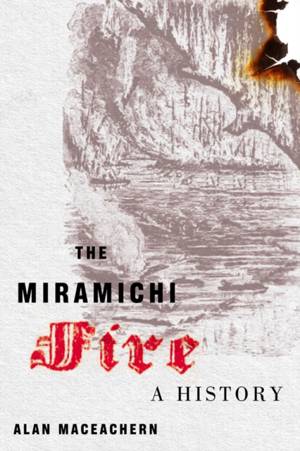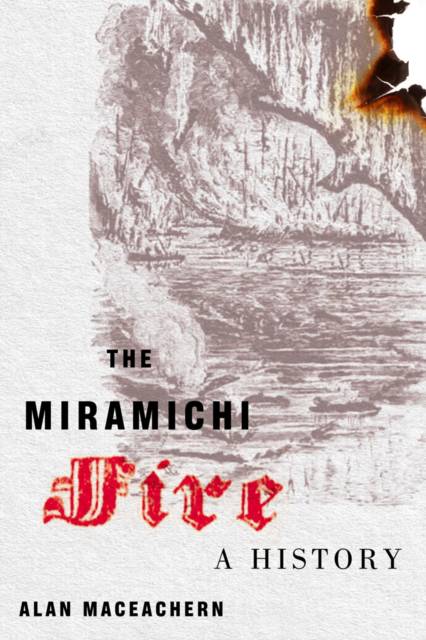
- Afhalen na 1 uur in een winkel met voorraad
- Gratis thuislevering in België vanaf € 30
- Ruim aanbod met 7 miljoen producten
- Afhalen na 1 uur in een winkel met voorraad
- Gratis thuislevering in België vanaf € 30
- Ruim aanbod met 7 miljoen producten
Zoeken
Omschrijving
On 7 October 1825, a massive forest fire swept through northeastern New Brunswick, devastating entire communities. When the smoke cleared, it was estimated that the fire had burned across six thousand square miles, one-fifth of the colony. The Miramichi Fire was the largest wildfire ever to occur within the British Empire, one of the largest in North American history, and the largest along the eastern seaboard. Yet despite the international attention and relief efforts it generated, and the ruin it left behind, the fire all but disappeared from public memory by the twentieth century. A masterwork in historical imagination, The Miramichi Fire vividly reconstructs nineteenth-century Canada's greatest natural disaster, meditating on how it was lost to history. First and foremost an environmental history, the book examines the fire in the context of the changing relationships between humans and nature in colonial British North America and New England, while also exploring social memory and the question of how history becomes established, warped, and forgotten. Alan MacEachern explains how the imprecise and conflicting early reports of the fire's range, along with the quick rebound of the forests and economy of New Brunswick, led commentators to believe by the early 1900s that the fire's destruction had been greatly exaggerated. As an exercise in digital history, this book takes advantage of the proliferation of online tools and sources in the twenty-first century to posit an entirely new reading of the past. Resurrecting one of Canada's most famous and yet unexamined natural disasters, The Miramichi Fire traverses a wide range of historical and scientific literatures to bring a more complete story into the light.
Specificaties
Betrokkenen
- Auteur(s):
- Uitgeverij:
Inhoud
- Aantal bladzijden:
- 288
- Taal:
- Engels
- Reeks:
Eigenschappen
- Productcode (EAN):
- 9780228001492
- Verschijningsdatum:
- 1/10/2020
- Uitvoering:
- Paperback
- Formaat:
- Trade paperback (VS)
- Afmetingen:
- 152 mm x 231 mm
- Gewicht:
- 476 g

Alleen bij Standaard Boekhandel
+ 106 punten op je klantenkaart van Standaard Boekhandel
Beoordelingen
We publiceren alleen reviews die voldoen aan de voorwaarden voor reviews. Bekijk onze voorwaarden voor reviews.








